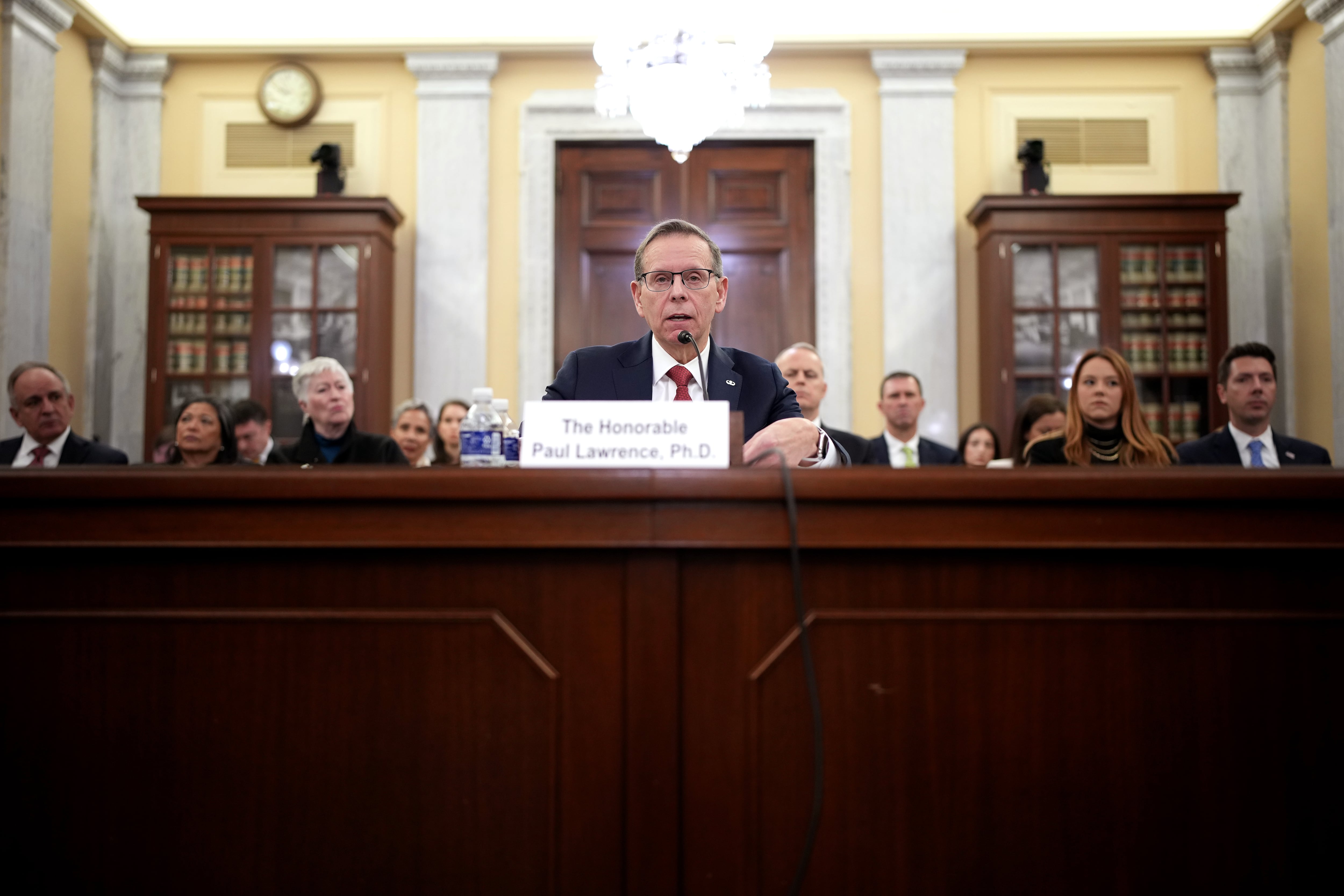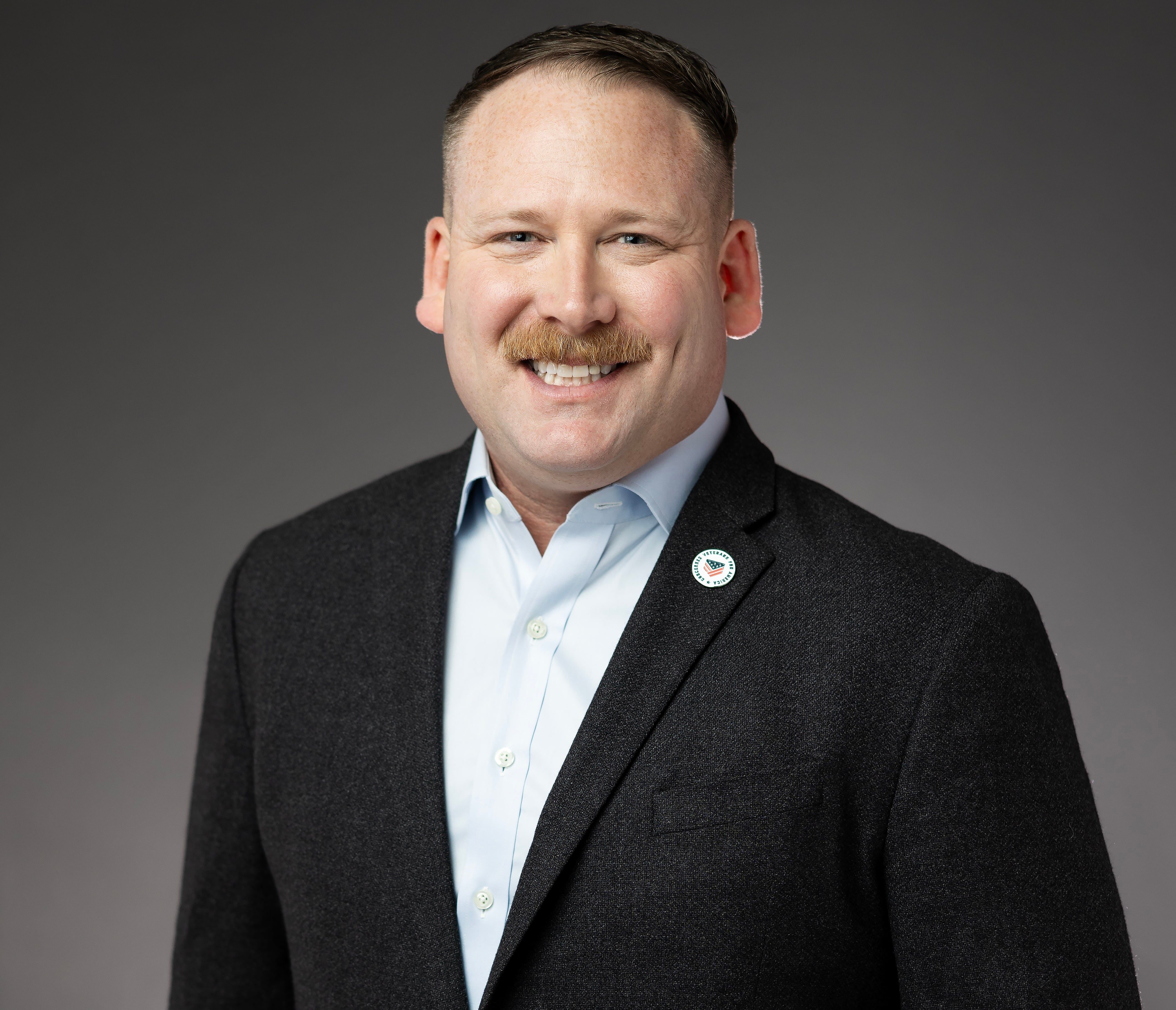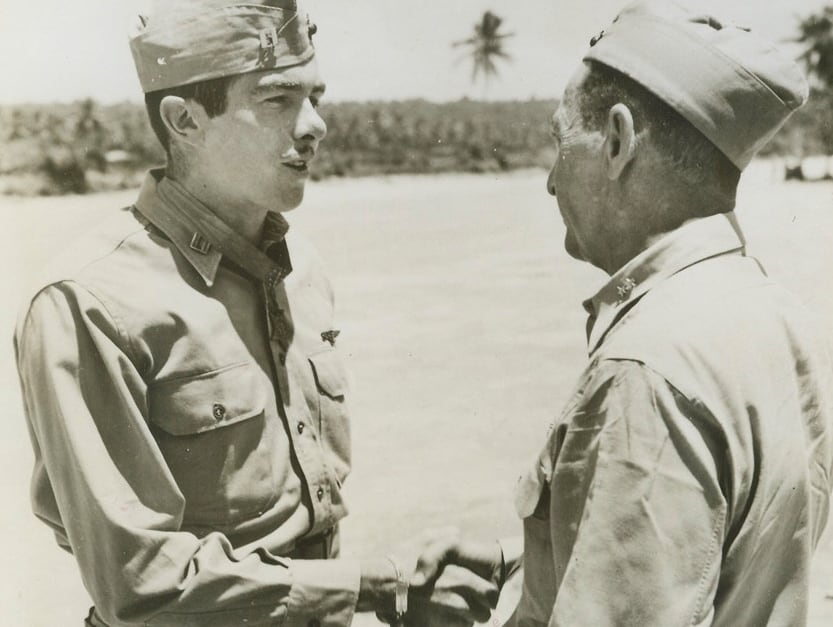In less than five months, the war in Afghanistan will wind down as the remaining troops return home. Yet, for countless scores of U.S. service members — as it was for generations of veterans before, their next battles are likely just beginning.
September marks 20 years of our nation’s longest conflict, the global war on terrorism. Millions of men and women have borne the visible and invisible burdens of war for the past two decades. Unfortunately, far too many are likely carrying undiagnosed illnesses caused by toxic exposure during their service at home and abroad. As a nation, we cannot leave these veterans behind.
According to the VA, as many as 3.5 million post-9/11 veterans suffered prolonged and pervasive exposure to burn pits and other toxic chemicals they could not avoid. Now, thousands afflicted with rare and life-threatening cancers, autoimmune disorders, skin diseases, respiratory illnesses, and other conditions continue to struggle to access the basic health care and benefits they desperately need. To fully honor their sacrifice, our country must acknowledge the devastating reality of toxic wounds and commit to treating them with the same urgency as we treat the physical and mental wounds of war. Struggles with toxic exposures are not unique to the current generation of veterans; instead, they continue a pattern experienced by veterans of every major conflict in recent history. In World War I, troops were exposed to gas; in WWII, radiation; in Vietnam, Agent Orange; in the Gulf War, oil fires; and in Iraq and Afghanistan, burn pits and other environmental hazards. Toxic exposure for our troops has been synonymous with service for more than 100 years. However, when today’s veterans become sick from toxic exposures, too often our government is slow to react. It seeks definitive answers about the cause of the illnesses before offering veterans all the support they need. A comprehensive system for taking care of troops exposed to toxic hazards of military service is long past due.
Hope for veterans exposed to toxic exposures is on the horizon. Multiple congressional legislative solutions have been introduced in the House and Senate to address toxic exposure reform. To some, it may appear that these bills are competing or duplicative; instead, we believe they are complementary. Each addresses a different piece of the larger toxic exposure puzzle. Beginning this week, the Senate and House Veterans’ Affairs Committees will begin building a comprehensive solution drawing upon several widely supported bills.
The Presumptive Benefits for War Fighters Exposed to Burn Pits and Other Toxins Act would extend presumptive service connection for more than 20 serious respiratory conditions and cancers that may be linked to exposure to burn pits and other chemicals. While VA has yet to affirm that existing data is sufficient to prove associations for these conditions, they must acknowledge that due to the nature of military deployments, requisite data might never have been collected in the first place. After two decades, it is unreasonable to ask critically ill veterans to continue to wait for more data that might never come, when we can help them today.
The Veterans Burn Pits Exposure Recognition Act would concede exposure to dozens of chemicals for all veterans who served in areas where burn pits are known to have been widely used, meaning those seeking health care and benefits for illnesses not yet considered presumptive would no longer have to provide specific evidence of such exposures.
The TEAM Act would provide permanent health care enrollment eligibility for all veterans who were exposed, regardless of their disability claim status. Under this legislation, veterans who become ill will not have to wait for their VA disability claims to be decided before they receive care. Those who were exposed but may not yet be ill would be able to receive preventive care to catch potential illnesses before they become life-threatening. It would also create a framework with an independent commission charged with establishing additional presumptive conditions that stem from all toxic exposures, foreign and domestic, now and in the future.
No single bill will address all the challenges veterans exposed to toxic hazards must overcome. But together, these and other complementary bills form the pieces of a larger puzzle that would provide care and benefits for all veterans, past, present, and future. Veterans should never again have to wait decades — like our Vietnam Veteran brothers and sisters in arms — to receive earned health care and benefits at VA. Congress needs to act quickly, setting aside partisanship and political differences, and send the president a comprehensive bill this year to help our veterans by addressing exposures to toxic hazards while in service.
Our organizations have different histories and sometimes different approaches to advocating for our nation’s veterans and their families. However, we are united in our belief that our nation’s heroes have suffered for too long and it is time to pass toxic exposure legislation. The men and women harmed by toxic or environmental exposures while in service need health care and benefits now.
Stephen “Butch” Whitehead, a combat-disabled Army veteran of the Iraq War, was elected national commander for the more than 1 million-member Disabled American Veterans in 2019. He has completed two overseas deployments, receiving the Bronze Star in 2007 for combat service in Iraq, during his 30-year career. Whitehead also currently serves as command sergeant major of the Army National Guard’s 34th Infantry Division.
Hal Roesch II is the 112th commander in chief of the Veterans of Foreign Wars of the U.S. A 20-year U.S. Air Force retiree, Hal is a veteran of the Gulf War, with service during Operations Desert Shield, Desert Storm, and Southern Watch.
Lt. Gen. (Ret.) Michael Linnington serves as chief executive officer of Wounded Warrior Project®, leading the team in fulfillment of their mission to honor and empower wounded warriors. Michael served 35 years in the Army, where he held key command and staff positions worldwide, including command of the 3rd Brigade Combat Team, 101st Airborne Division, which included combat operations both in Iraq and Afghanistan.
Editor’s note: This is an op-ed and as such, the opinions expressed are those of the author. If you would like to respond, or have an editorial of your own you would like to submit, please contact Military Times managing editor Howard Altman, haltman@militarytimes.com.





